The Omega Seamaster Ultra Deep and The Five Deeps Expedition
Bringing with it the rare opportunity to explore a state-of-the art research vessel.
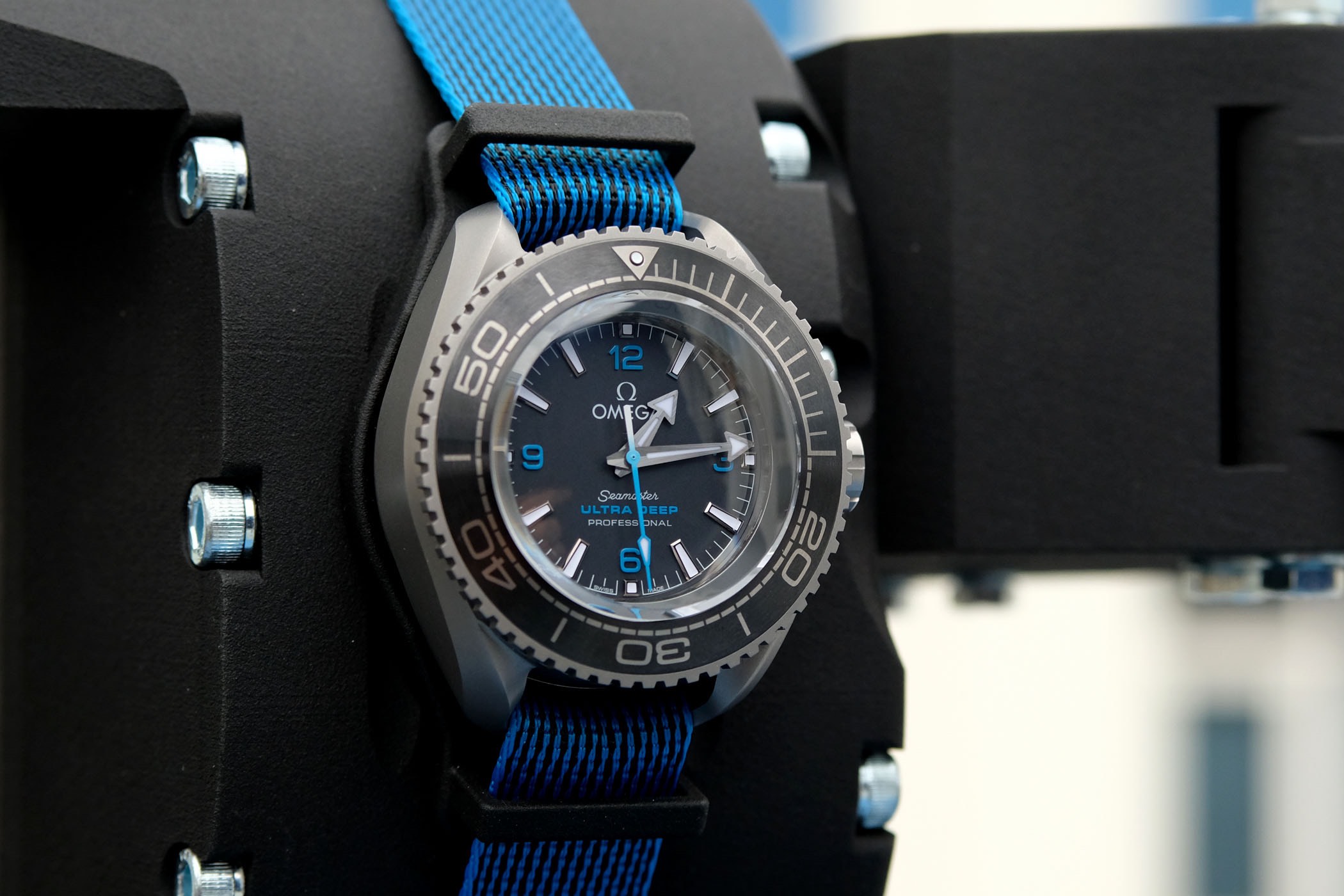
In late August, extreme explorer Victor Vescovo achieved the culmination of his Five Deeps project becoming the first human to dive to the bottom of the deepest point of all five of the world’s oceans. Not just once, but multiple times at each site. Joining him for each dive were three Omega Seamaster Planet Ocean Ultra Deep Professional models conceived specifically for this mission. One of the watches was attached to the robotic arm of the DSV Limiting Factor submarine when it made its world record dive of 10,928 metres in the Mariana Trench. And which, of course, returned to the surface completely intact and running smoothly.
Following the successful completion of their near year-long exploration, Vescovo and his team docked DSSV Pressure Drop – the ship that had traversed more than 40,000 nautical miles/74,000 km over the past 11 months – in London. Officially they were there to present some of their initial findings at the Royal Society, the oldest scientific academy in continuous existence. Thanks to Omega though, MONOCHROME also had the rare opportunity to go on board this state-of-the-art scientific research vessel and meet its highly trained crew, including Victor Vescovo himself. As an added surprise, President and CEO of OMEGA Mr Raynald Aeschlimann was also there to welcome us.
The Five Deeps Expedition
If you’re not already familiar with the Five Deeps expedition, some background information is definitely necessary. Without going into too much detail, the Five Deeps expedition is the world’s first manned expedition to the deepest point in each of the five oceans: the Puerto Rico Trench in the Atlantic Ocean (8,376 metres); the South Sandwich Trench in the Southern Ocean (7,434 metres); the Java Trench in the Indian Ocean (7,290 metres); the Challenger Deep in the Pacific Ocean (10,928 metres); and the Molloy Deep in the Arctic Ocean (5,573 metres).
The idea was dreamed up and entirely funded by Victor Vescovo, an immensely successful private equity investor and a modern-day adventurer and explorer. He can now also lay claim to the title of being the first person in history to have been to the top of all the world’s continents (he’s successfully climbed the seven highest peaks), as well as the bottom of all its oceans. Most impressive of all though? He’s a really nice, down-to-earth guy, who took real pleasure in showing us around his boat and talking us through the expedition. It’s obvious this is something he’s genuinely passionate about evidenced by the fact that he was willing to spend $50 million of his own money to make this project a reality.
State-Of-The-Art
As we would come to learn, everything on the DSSV Pressure Drop research vessel was state-of-the-art. This includes the fully equipped wet and dry labs overseen by the ship’s Chief Scientist, Dr Alan Jamieson, a world leader in the biological exploration of the hadal zone (depths exceeding 6,000 metres). Most fascinating though, for me at least, was the Kongsberg EM124 multibeam echo sounder. This is the highest-fidelity full ocean depth sonar available, and according to Vescovo, it played a significant role in determining with great accuracy the true depths of the Five Deeps. The findings of which did not always align with previously held assumptions. It also aided in planning and executing each submersible dive.
The star-attraction was, of course, the DSV Limiting Factor, a Triton-built submersible that is commercially certified by the international maritime authority DNV-GL for extensive, repeated dives to extraordinary depths. This is the world’s only titanium-hulled submersible and the first to be certified to full ocean depth. It’s easy to gloss over this part but this certification is actually really significant.
You see, neither of the two previous submersibles to reach full ocean depth were certified and neither made the journey more than once. With the development of this submersible, it means theoretically journeying to the deepest points in the world’s ocean could become a commercial venture. Not unlike the idea of space tourism. Whether that actually happens remains to be seen. Although the DSV Limiting Factor, along with the ship, etc. are all now for sale.
Incredibly, each dive lasted between 8 – 12 hours, although dives of up to 16 hours are possible. According to Stuart Buckle, the Ship’s Captain, this meant very, very long days for the crew. Sometimes as long as 22 hours. These started around 3 am with the preparation and deployment of the three hi-tech ‘landers’ called Flere, Skaff and Closp. These sit on the bottom of the ocean floor in a triangular formation, supporting the Limiting Factor Submersible while also carrying out additional scientific tasks such as collecting samples, etc.
An Omega Seamaster Planet Ocean Ultra Deep Professional watch was also strapped to one of these landers, and in fact, was stuck thousands of metres underwater for nearly two days. Fortunately, the crew were eventually able to get the lander – and the watch – back to the surface. Despite their ordeal, I’m happy to report both were still functioning fine.
The Omega Seamaster Planet Ocean Ultra Deep Professional
This was also the first opportunity for me to see the Omega Seamaster Planet Ocean Ultra Deep Professional in the flesh. It really is remarkable that a watch that’s so small and slim – relatively speaking at 28mm – could withstand such pressure. Yet that’s the ingenuity of Omega and its team of experts with diverse engineering skills. Of course, having access to the knowledge gained in overcoming the challenges of creating a vessel like the DSV Limiting Factor helped too.
In fact, the body of the bezel, case body, caseback and crown are all machined cut-offs from Limiting Factor’s (DNV-GL certified) forged grade 5 titanium hull. Likewise, the submersible’s conical viewports inspired the design of the sapphire crystal and its assembly to the casebody. As Patrick Lahey, co-founder of Triton Submarines and the man ultimately responsible for building the Submarine explained to us, the design of the viewports is a critical step in the development of a submersible. The loadbearing surface of the Limiting Factor‘s viewports has been engineered to minimise pressure on the inside edges of the cone, where the stresses are highest.
In the same way, the sapphire-to-case assembly on a full ocean depth watch is an area of concern. To spread the stress distribution, Omega took inspiration from this loadbearing conical design and used Liquidmetal® (a technology used by Omega to create the scales on ceramic bezels) to ensure a firm yet flexible sapphire-to-casebody assembly. This innovative patent-pending hot-form bonding made it possible to avoid the use of polymer seals and to reduce the sapphire’s thickness.
Another interesting design trait is the open lugs on the case. At first glance, you would think this would make them less robust, but in fact, they were left open to lower the risk of exceeding material limitations at full ocean depth, as both the watch and the strap can be subjected to high traction loads. Their distinctive look has earned them the name “Manta” lugs.
Inside all three models are automatic Omega movements, all of which were subjected to the rigorous 8 tests over 10 days set by METAS. Post-dive. Even after their extreme underwater journey, each of the three watches that made it to the Challenger Deep achieved the Master Chronometer certification.
As you’ve probably guessed already, the overall design of the Omega Seamaster Planet Ocean Ultra Deep Professional is inspired by the Seamaster Planet Ocean 600m. And in fact, if you put the case thickness aside for a moment, it does actually look like a very cool, very wearable PO. Don’t be surprised if Omega comes out with a similarly styled – but more commercially sized – model soon. After all, the Swiss brand has made no secret of the fact that it was sure to use materials and technology that could be commercialised.
Special thanks to President and CEO of OMEGA Mr Raynald Aeschlimann, Mr Victor Vescovo, and the teams at both Omega and Five Deeps for making this incredible experience possible.
More details at omegawatches.com.

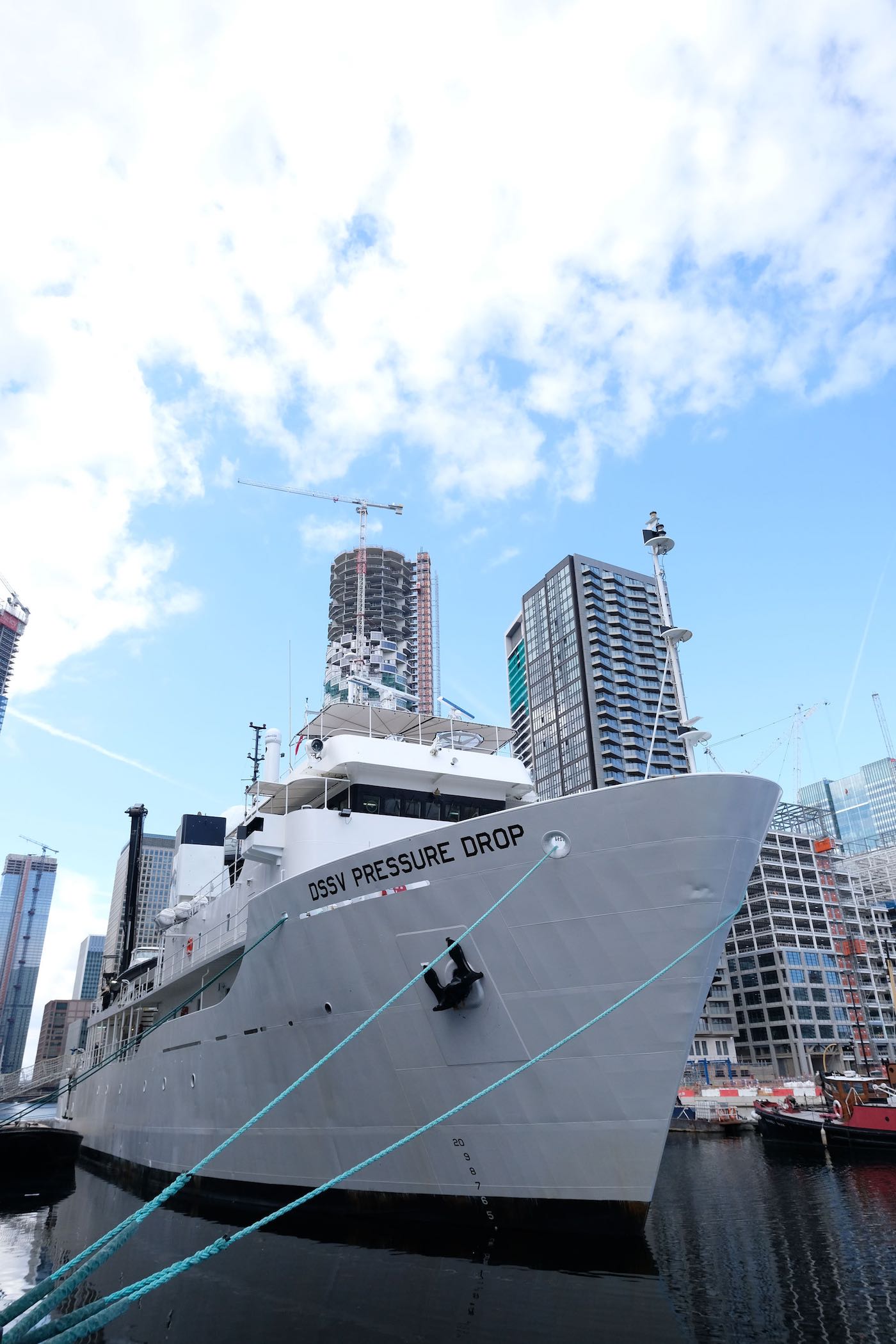
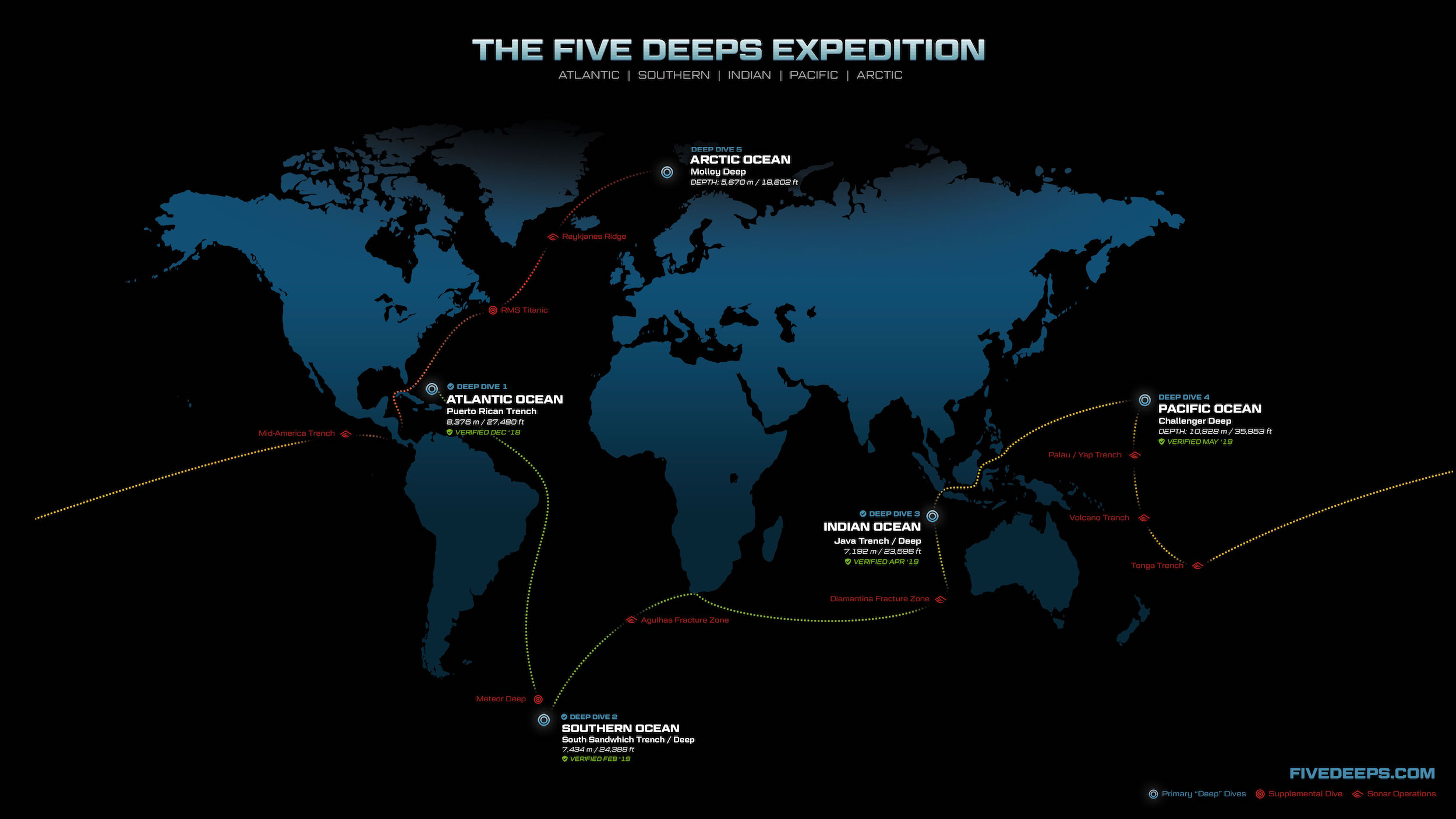
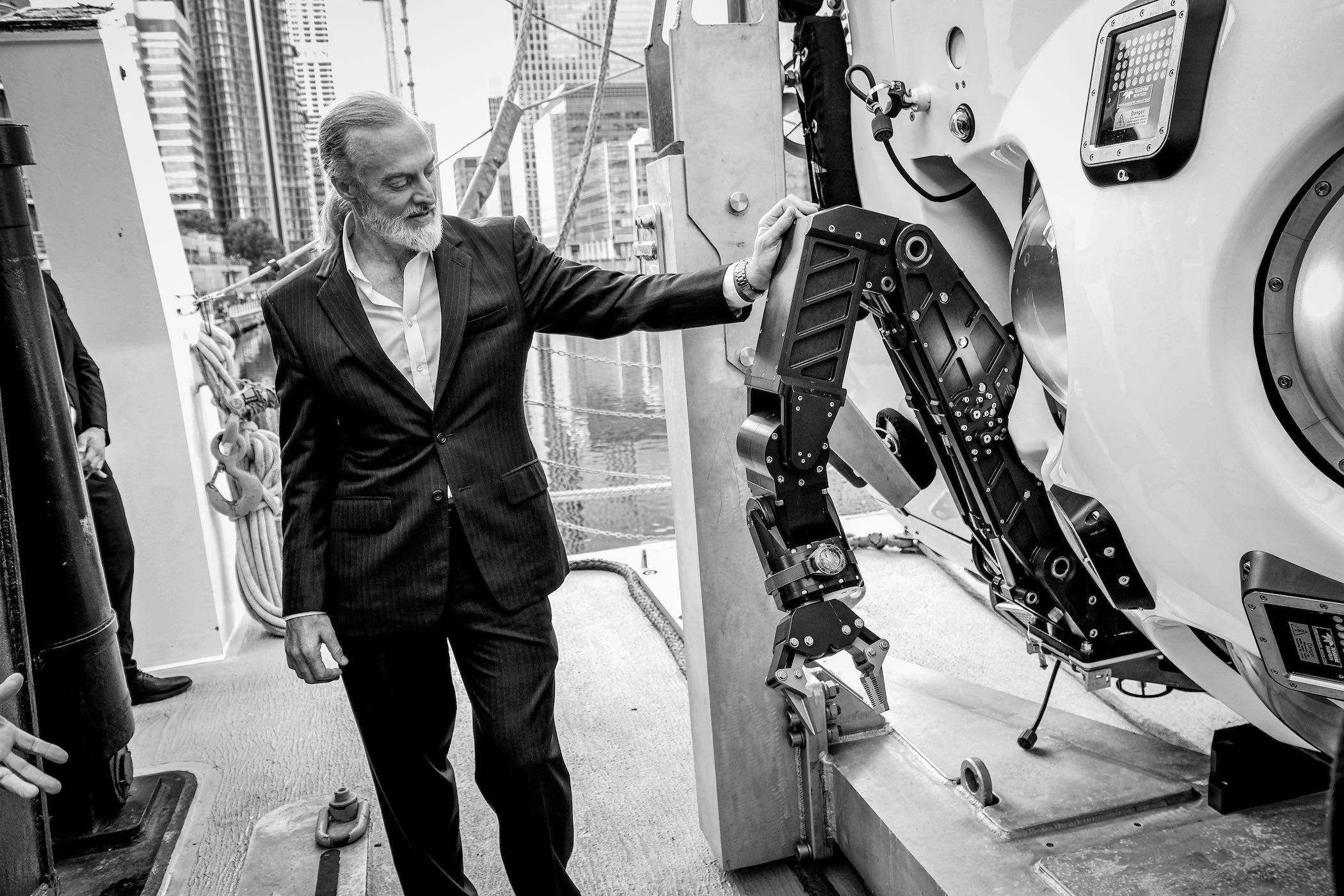
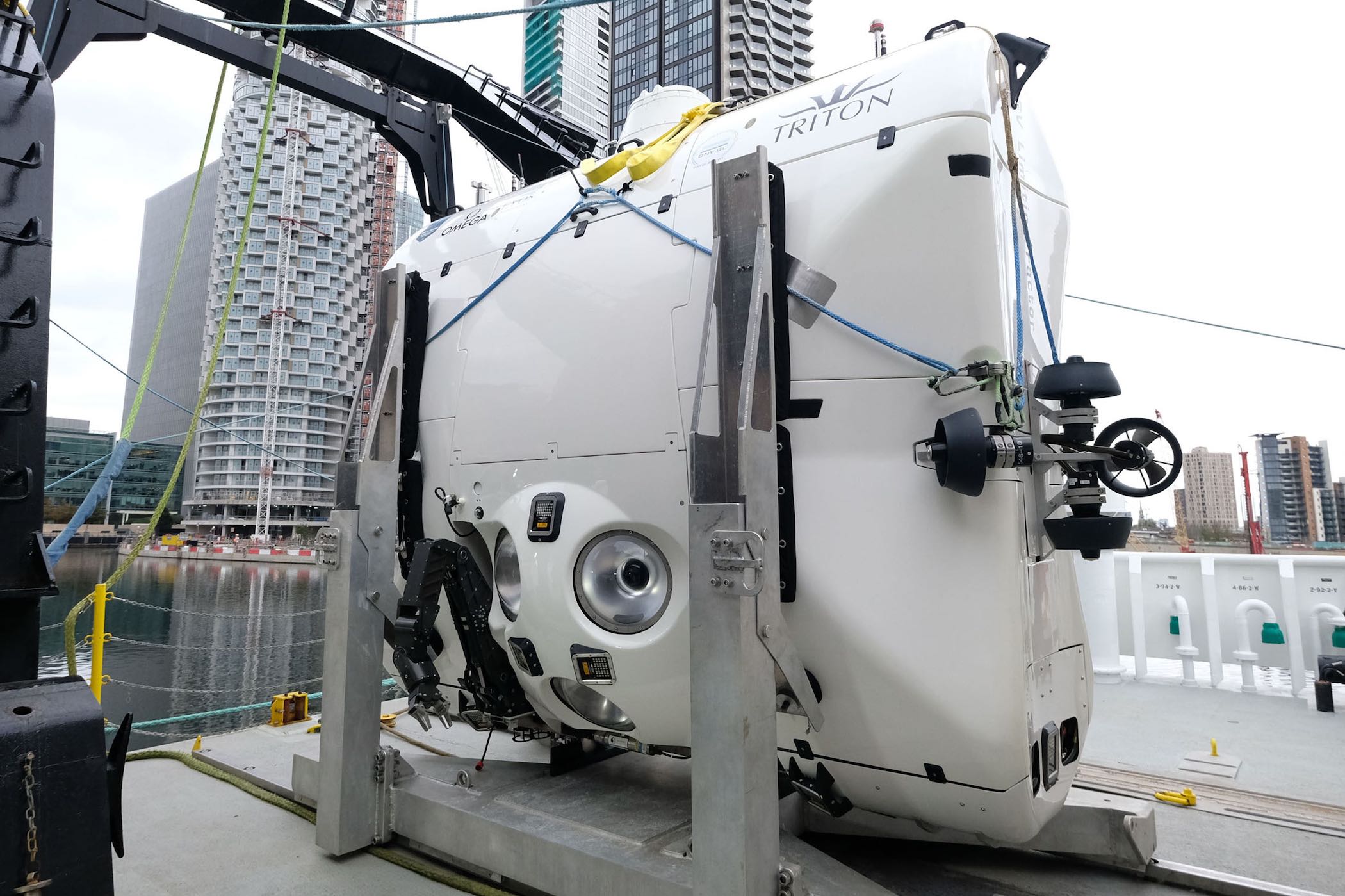


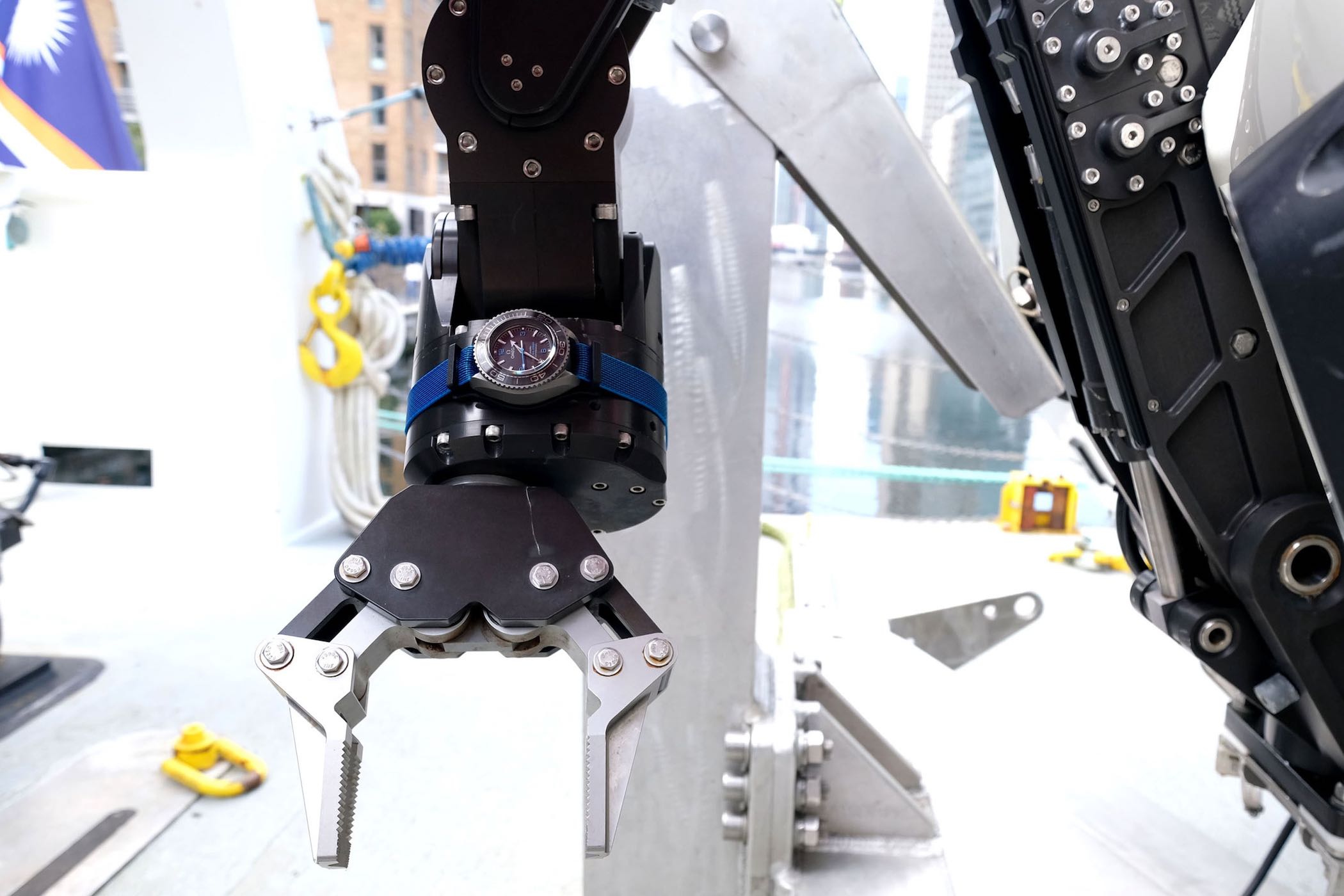
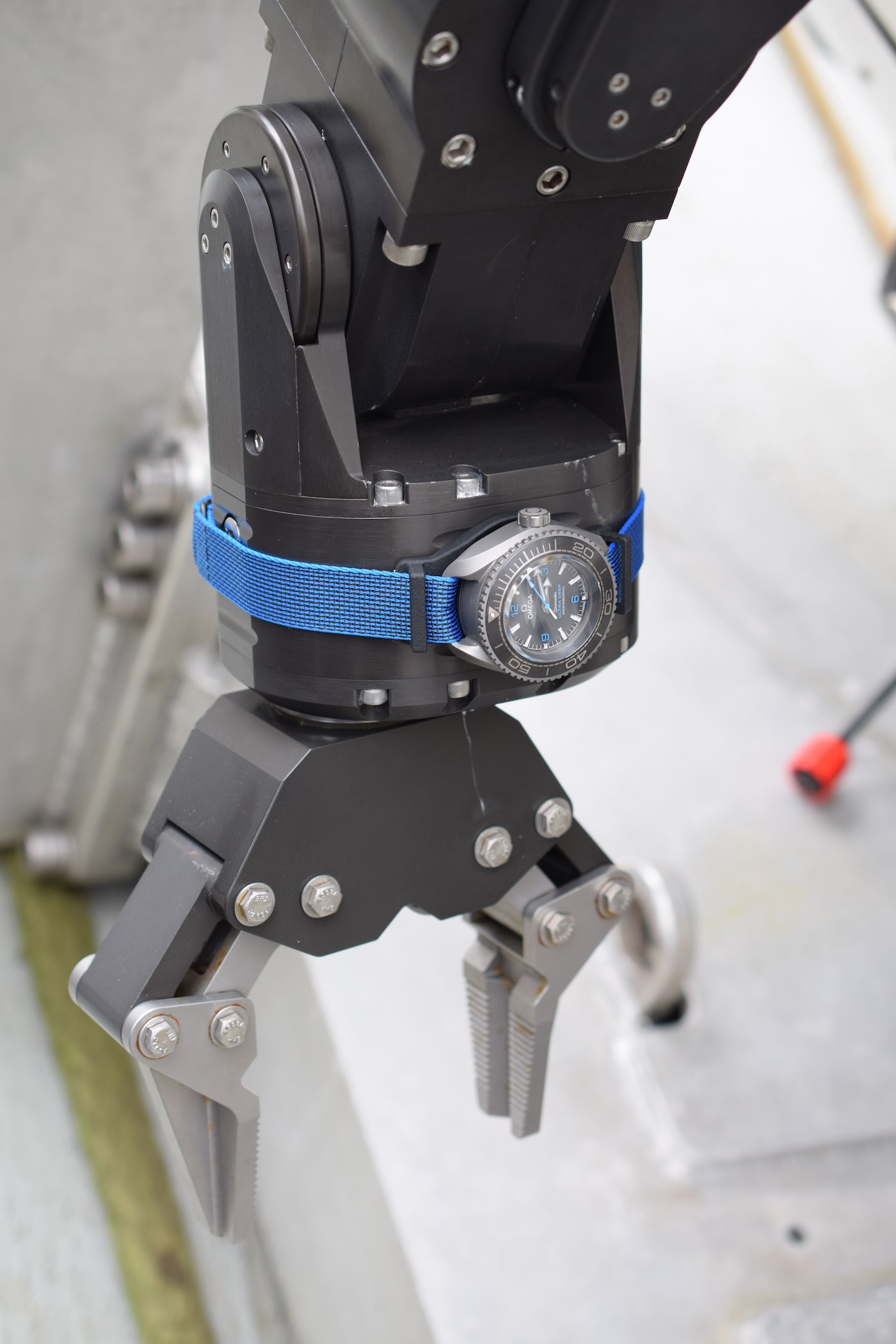
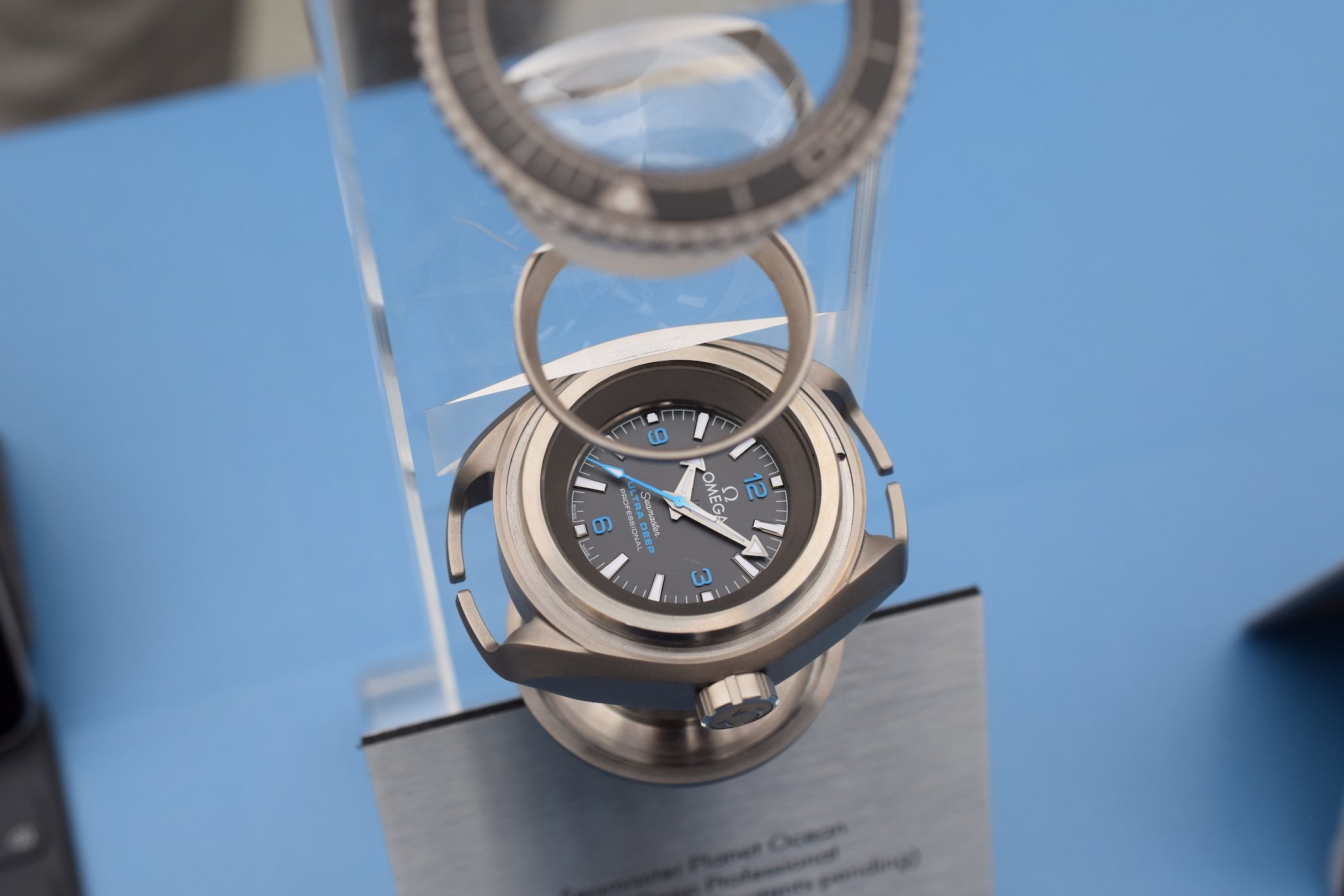
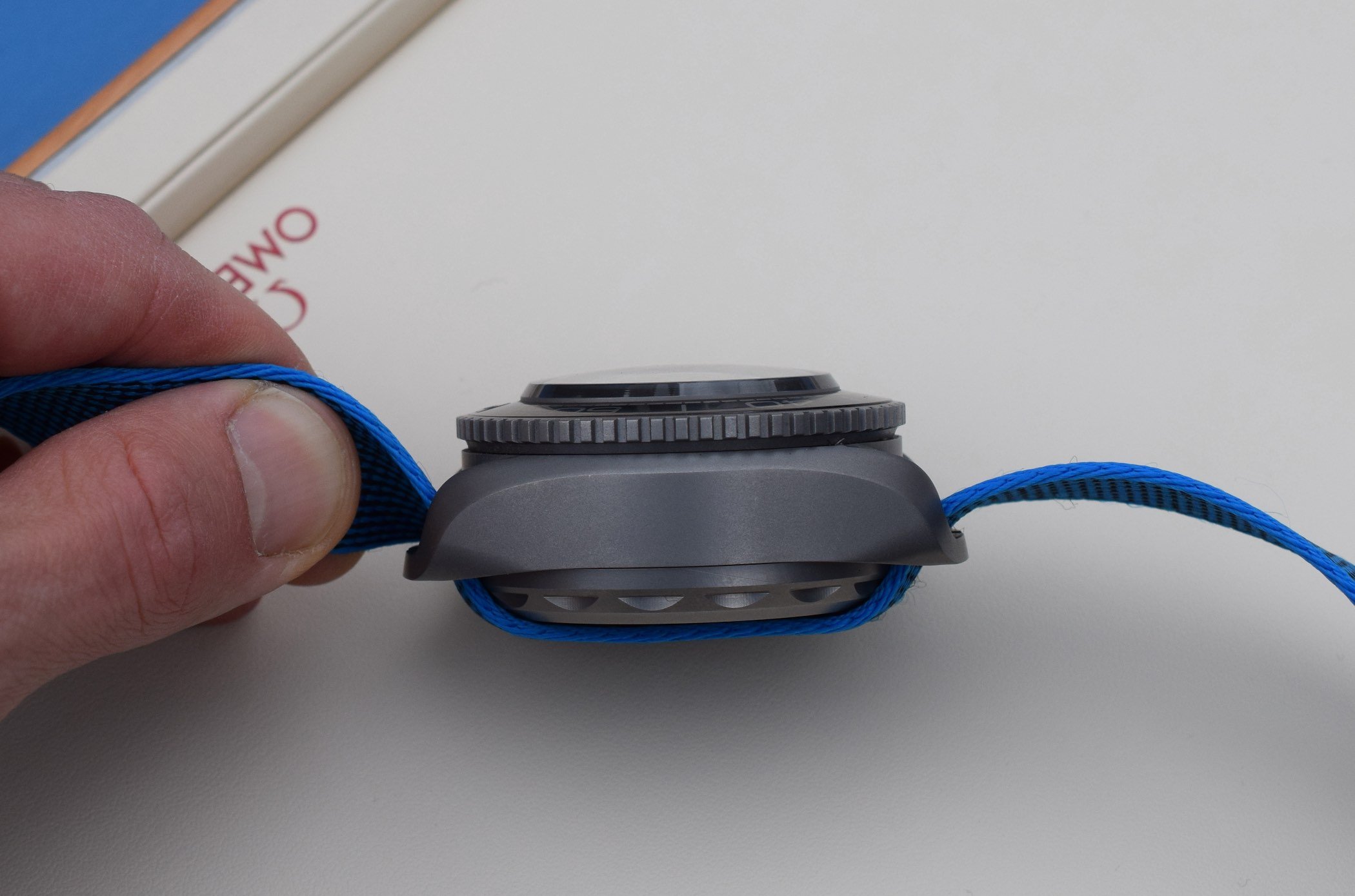
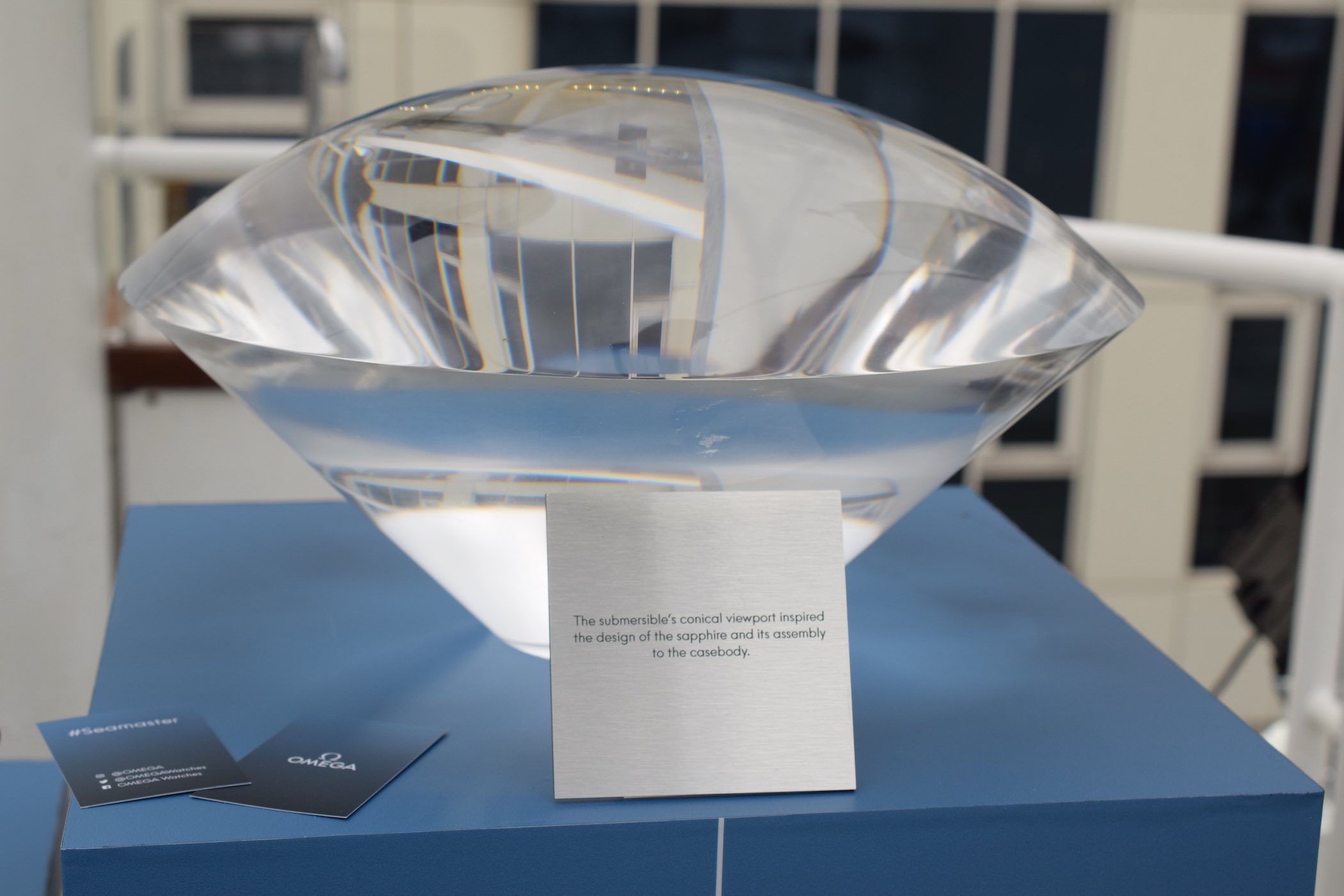
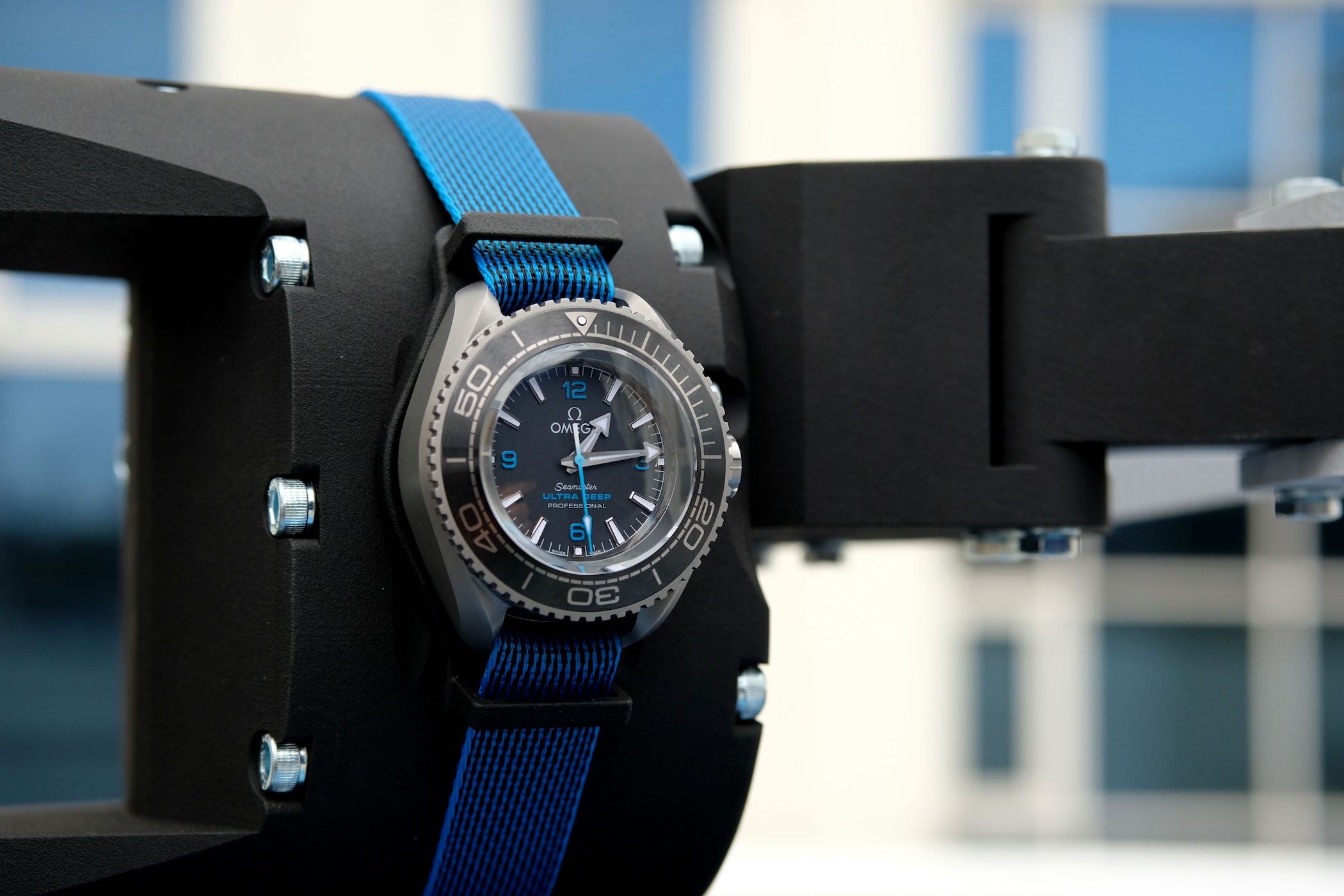


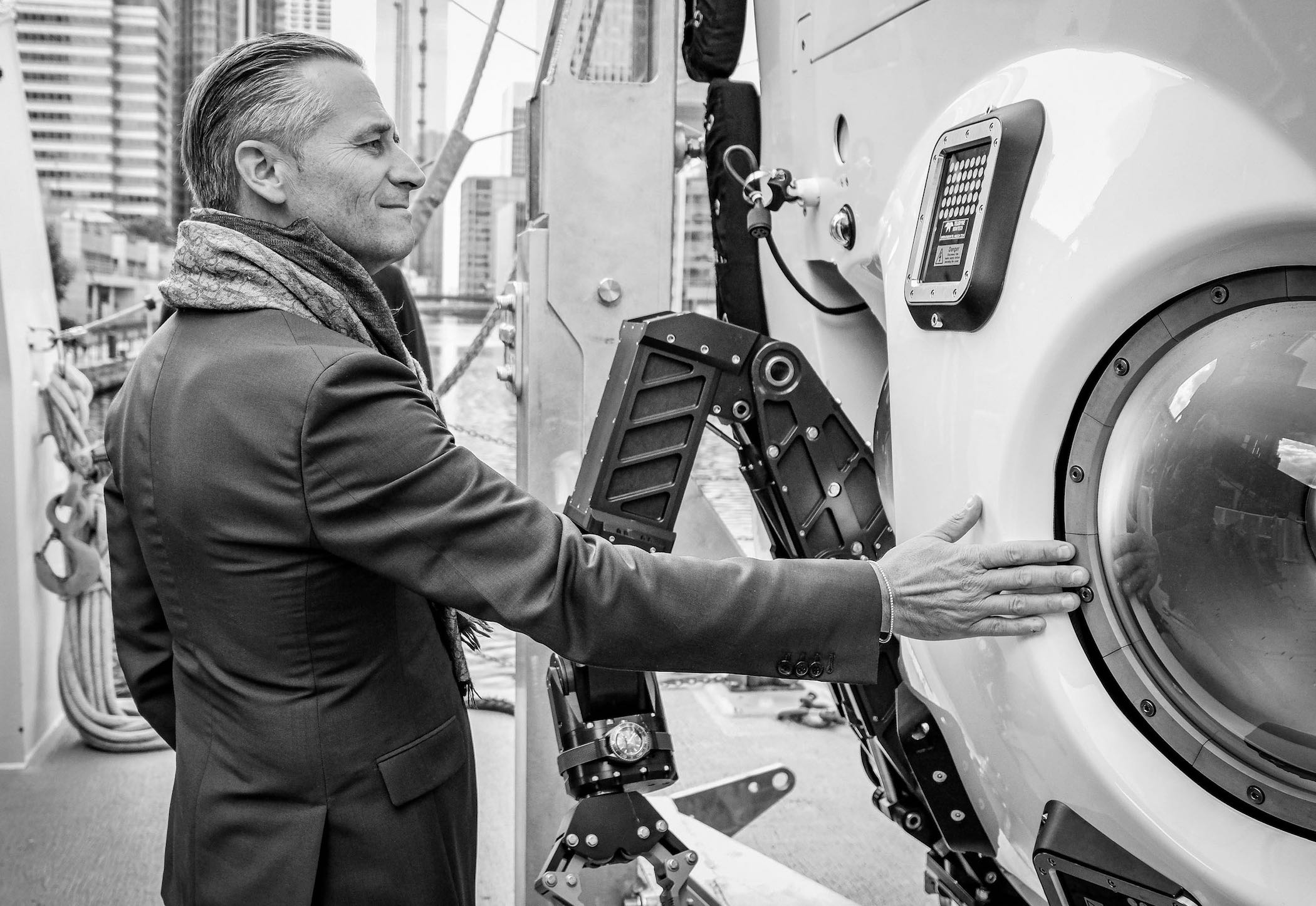



1 response
Swatch Group R&D Department put in an order for 2x OceanicTime 10 Miles watches (16’093m of water-resistance), before working on these…still a super watch.
https://oceanictime.blogspot.com/2019/06/omega-seamaster-planet-ocean-ultra-deep.html